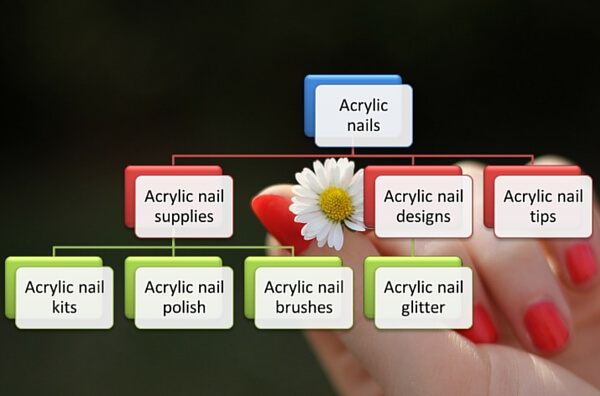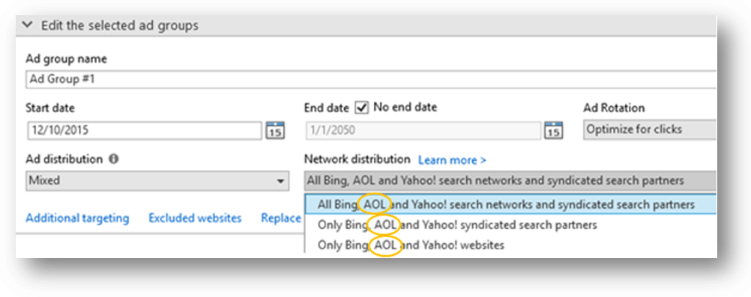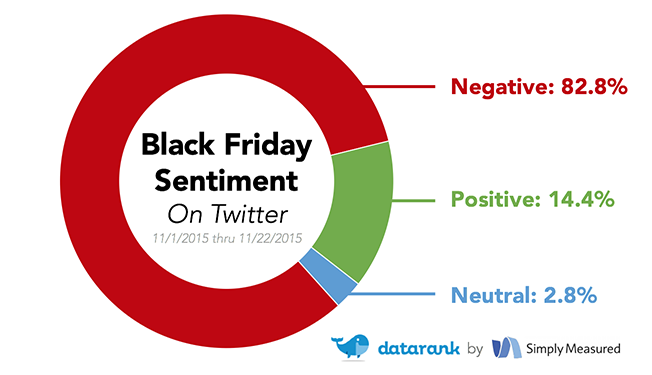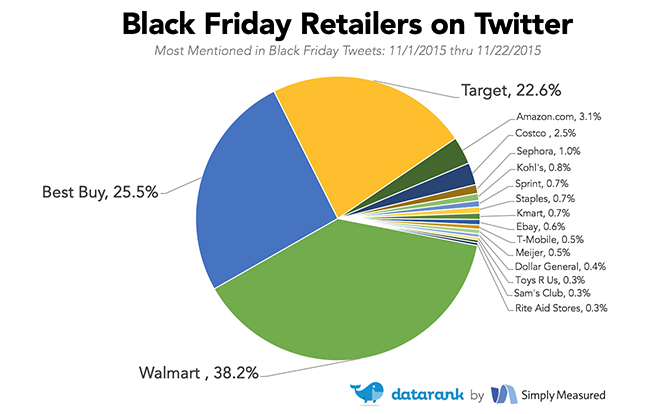Every business should have but one goal: to be an authority in its industry.
You might think the number one goal should be gaining new customers or making more sales. Obviously, that’s what any business wants. But businesses pursuing sales are often left in the dust by the businesses who are actively seeking to be industry authorities. That’s because sales and customers are like love — they are usually found when you’re not looking!
Many businesses succeed for a time by competing on price, but sooner or later, people realize they get what they pay for. Once that happens, they are gone, and the businesses pursues the next sucker.
The cost of keeping a customer is far, far, far (far, far) less than going out and getting a new one. That means getting people in with the lowest prices is going to kill your profits if you can’t keep them. And you’re only going to keep them by demonstrating, day in and day out, that you are the authority in what you do.
And all that starts with content.
When it comes to businesses, web searchers today are often looking primarily at two things: 1) customer reviews, and 2) authoritative content supplied by the business. The former is a reflection of the service you provide. The latter is a reflection of how well you “know your stuff.”
As we know, today’s search engine ranking algorithms have a heavy focus on content. We’ve always sought to optimize content with keywords, but now, keywords matter a whole lot less than actual topical authority.
But just how do you build that authority into your site?
If you said, “Content,” you’re half-right. Yes, content matters, but not just any content. Gone are the days of sites producing truckloads of “thin” content of little value. And gone are the days of optimizing any given page for keywords and hoping it will rank. Instead, search engines are looking for authoritative content that is more topically optimized than keyword-optimized.
Keyword Research Isn’t Dead

Many are proclaiming that keyword research is dead, and you might assume I’ve drawn the same conclusion. I haven’t. In fact, I think keyword research is more important now than ever, if we are going to write topically optimized content.
But the focus of our efforts isn’t on finding keywords just so they can be sprinkled into the site’s content. Instead, we focus on organizing the keywords into meaningful topical groups and considering searcher intent. From that, we are able to create meaningful, authoritative content.
My company, Pole Position Marketing, performs keyword research in two phases: 1) core term research, and 2) phrase research. If you get Phase 1 wrong, you’re going to have problems with Phase 2.
Essentially, core term research entails finding as many relevant keyword topics as possible. For example, if you sell salon products, your keyword topics might be shampoo, conditioner, hair color, hair dye, acrylic nails and so on. Each of those is a separate core term.
Once we have found all our topics, we can research each independently for a more lengthy list of phrases. For example, you might find “childrens shampoo,” “full body conditioner,” “permanent hair color,” “natural hair dye” and “acrylic nail kits.” That’s just a single example for each core term. Your keyword research is likely to produce a list of anywhere from 50 to thousands of phrases for each core term.
Obviously, not all the phrases you find will be relevant for your business, and those that are can’t all be included in a single piece of content. Any attempt to optimize a single piece of content for every relevant phrase is more likely going to end up diluting your content, rather than creating a single-focused authoritative piece.
Searcher Intent Determines The Content Focus

One of the things you’re likely to find when sorting through all those keywords is that different keywords have different intents. Some searchers are looking for information, some are seeking out specific products and some are just beginning to see what’s out there and make comparisons. And surprisingly, some keywords are for a different product altogether.
For example, a keyword research for “acrylic nails” reveals a lot of different intents. Most searchers using that core term are looking for acrylic nails. No surprise there. But some are looking for designs, glitter, supplies, tips, kits, powder, polish, brushes, art and primer. The first thing to note here is that we’re likely not going to produce a page focused on all of these keywords. It’s just too broad.
So that means we have to divide these up. But we’re in luck, because searchers looking for “acrylic nail designs” have about 15 different ways for searching for that. Which means writing authoritative content on that topic shouldn’t be that difficult.
The same holds true for most of the other phrases mentioned above. Each produces a small list of keywords all narrowly focused on a subset of acrylic nail searches. Each one is worthy of a page of expert-knowledge content for either a page on your site or a blog post.
Topical Optimization Versus Keyword Optimization

So far, we’ve talked pretty much about standard keyword optimization strategies. Maybe in the past, you felt that you could only optimize one keyword per page, or maybe you were already grouping keywords together like this. So where does the whole topical optimization come in?
Let’s go back to our salon store. We listed a number of different product lines offered on the site. Most businesses want immediate optimization for each category page on the site that represents those products. For our acrylic nail section, that would leave us with a handful of keywords for content focused on our most-searched group of phrases.
And that’s where most optimizers move on. They go from the Acrylic Nail category page to the Shampoo category page to the Conditioner category page and so on. The more product lines offered on a site, the more important it is to move on so that each product line gets authority content optimized for search.
But maybe moving on isn’t such a good idea. Maybe before we move on to the shampoos, we spend some more time on our acrylic nails. Take the time to optimize a page covering each of the keyword groups within the topic. For acrylic nails, this might mean optimizing more than 30 pages and blog posts. That builds up total topical dominance for a single topic.
Yeah, that means it may be a while before you get to the other products, but that’s okay. Better to have a single topic optimized to the hilt than to have 30 topics barely optimized. Why? Because by optimizing out the entire topic, you’re giving the search engines exactly what they want. Not only will you rank for hundreds of keyword phrases, you’ll also dominate for that topic. With one topic fully optimized, you’re ready to move on to the next.
Topical optimization doesn’t mean you have to have a single page or post that covers everything that needs to be said on the topic. Not only does that limit the number of entry points, it also doesn’t necessarily help searchers to land on the page that best represents their intent.
Instead of optimizing your site for keywords and hoping to rank here and there, focus on building the site out to dominate a topic with multiple pages and blog posts.
Each page or post will target a tightly correlated group of keywords, but all built around a slightly broader topic. That gives you a chance to dominate a topic through multiple related pages, each focused on a specific visitor intent. That’s tough to beat.



















